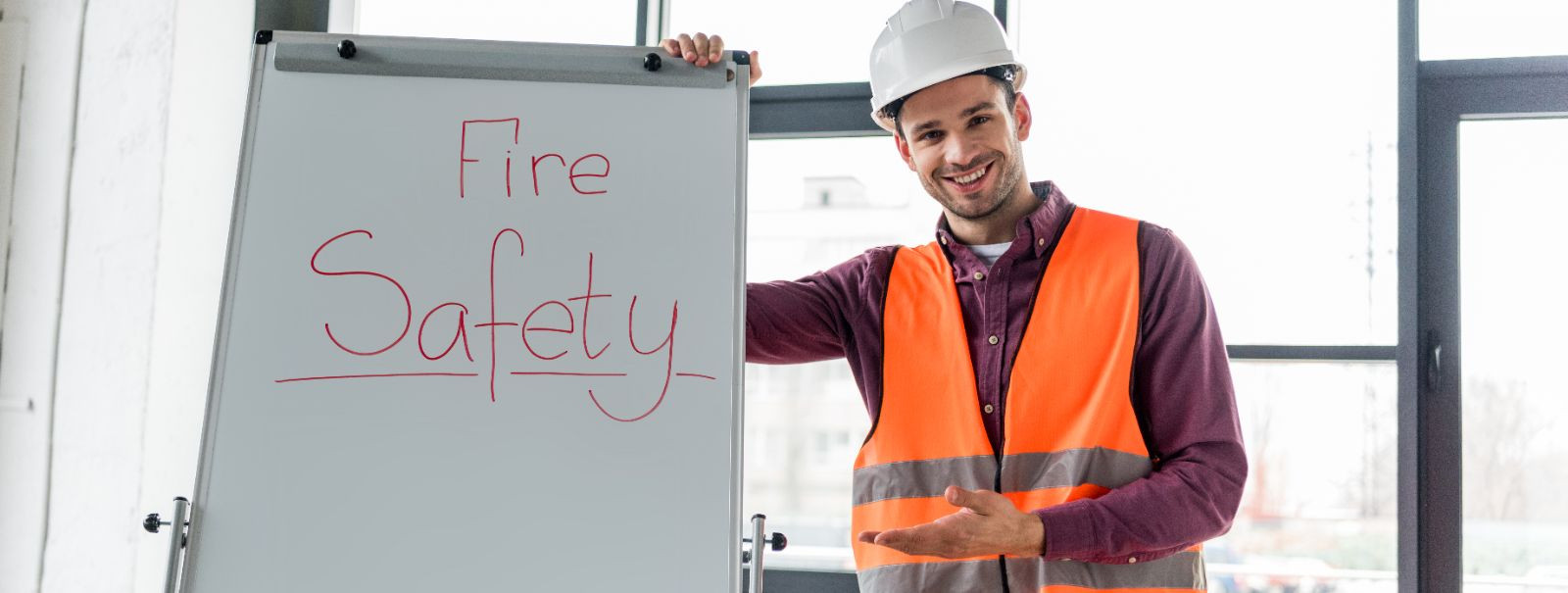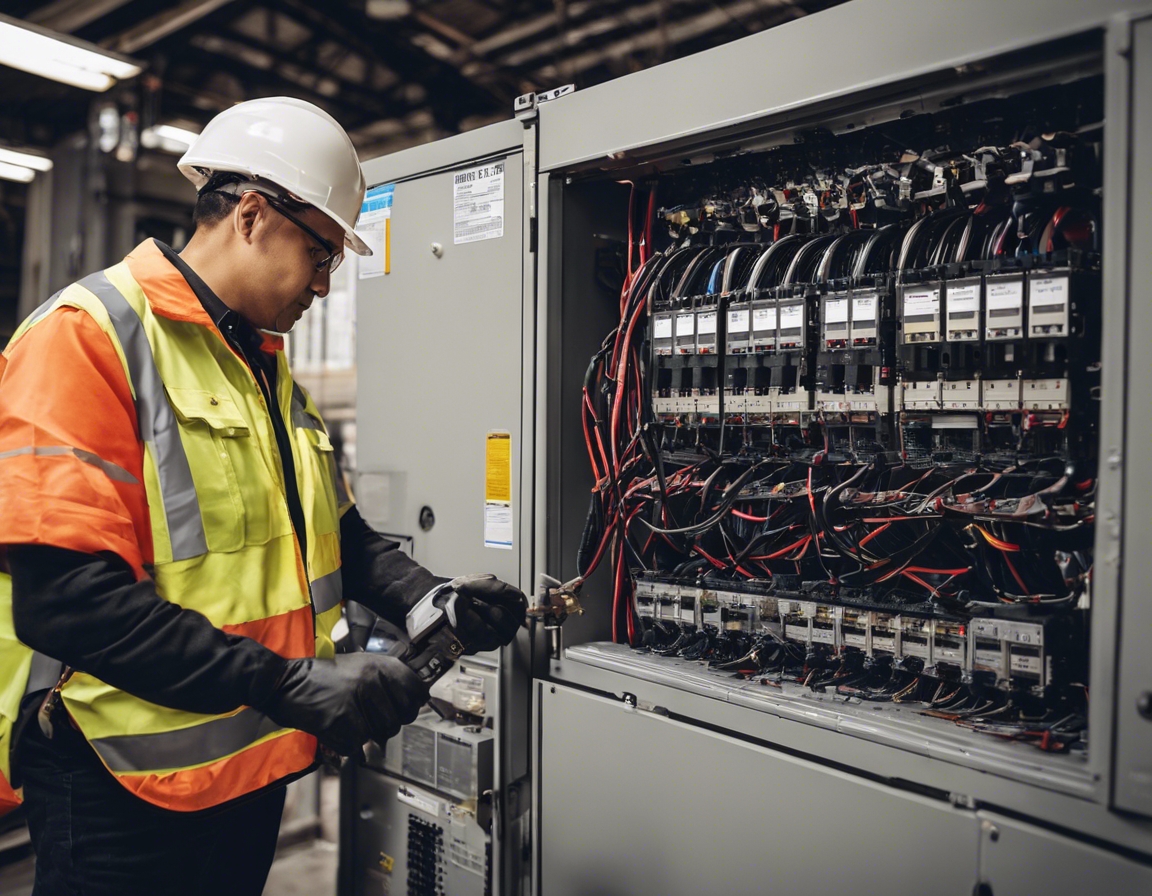5 fire safety innovations for modern buildings
Fire safety is a critical aspect of modern building design, with the potential to save lives and prevent property damage. As technology advances, so do the methods and products designed to detect, suppress, and prevent fires. In this post, we will explore five cutting-edge fire safety innovations that are shaping the future of building safety.
1. Smart Fire Detection Systems
Traditional smoke detectors are being replaced by smart systems that offer early detection and seamless integration with building management systems. These smart detectors use advanced sensors to identify a wider range of fire signatures, such as heat and specific gases, providing faster and more accurate alerts.
Modern smoke detectors have evolved to detect smoke particles at a much lower concentration, reducing false alarms and increasing reaction time for occupants and emergency services.
Heat and gas sensors complement smoke detectors by identifying the unique heat signatures and toxic gases produced by fires, enabling a comprehensive detection system that enhances overall building safety.
Smart fire detection systems can be integrated with building management systems to automate responses, such as triggering alarms, activating suppression systems, and notifying emergency services.
2. Fire Suppression Advancements
Fire suppression technology has made significant strides, with new systems designed to extinguish fires quickly and with minimal water damage.
Water mist systems use fine water droplets to suppress fires effectively while reducing water damage and the risk of electrical hazards.
Gas-based suppression systems use inert gases or chemical agents to extinguish fires without leaving residue, making them ideal for protecting sensitive equipment.
Drones equipped with fire suppression technology can access hard-to-reach areas, providing an additional layer of safety for large or complex buildings.
3. Fire-Resistant Materials and Construction Techniques
The use of fire-resistant materials and construction techniques can significantly reduce the spread of fire and the amount of damage incurred.
New materials, such as intumescent paints and fire-resistant glass, can withstand high temperatures and prevent the spread of flames.
Architectural design can play a crucial role in fire safety, with strategies such as compartmentalization and the use of fire barriers to contain fires within a limited area.
Some modern building components are designed to self-extinguish or collapse in a controlled manner to prevent the spread of fire.
4. Emergency Evacuation Innovations
Ensuring safe and efficient evacuation is paramount during a fire emergency. Innovations in evacuation procedures and technology are making this process more effective.
These systems provide real-time information on the safest evacuation routes, taking into account the location and severity of the fire.
Advanced wayfinding solutions, such as LED path lighting and digital signage, guide occupants to safety even in low-visibility conditions.
Wearable devices can offer guidance and communication to occupants during an evacuation, enhancing individual safety.
5. Fire Safety Education and Training Tools
Education and training are essential components of fire safety, ensuring that building occupants and management are prepared for emergencies.
Virtual reality offers immersive training experiences that simulate real-life fire scenarios, allowing individuals to practice their response in a safe environment.
Apps can provide interactive guides and checklists for fire safety procedures, making it easier for building managers and occupants to stay informed and prepared.
Certification programs ensure that building staff are fully trained in fire safety protocols and up-to-date with the latest standards and practices.








Comments (0)